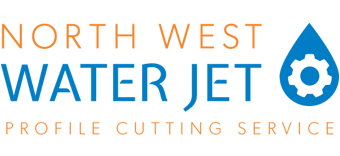The Most Common Materials Northwest Waterjet Laser cut
Laser cutting is a fast, precise, and cost-effective method for processing metal components in a wide range of industries, from engineering and fabrication to architectural design and custom manufacturing.
At Northwest Waterjet, we understand the critical role laser cutting plays in delivering clean, accurate cuts on a variety of metals.
Below, we explore the most commonly used materials in laser cutting, including their key properties and maximum thicknesses suitable for high-quality results.
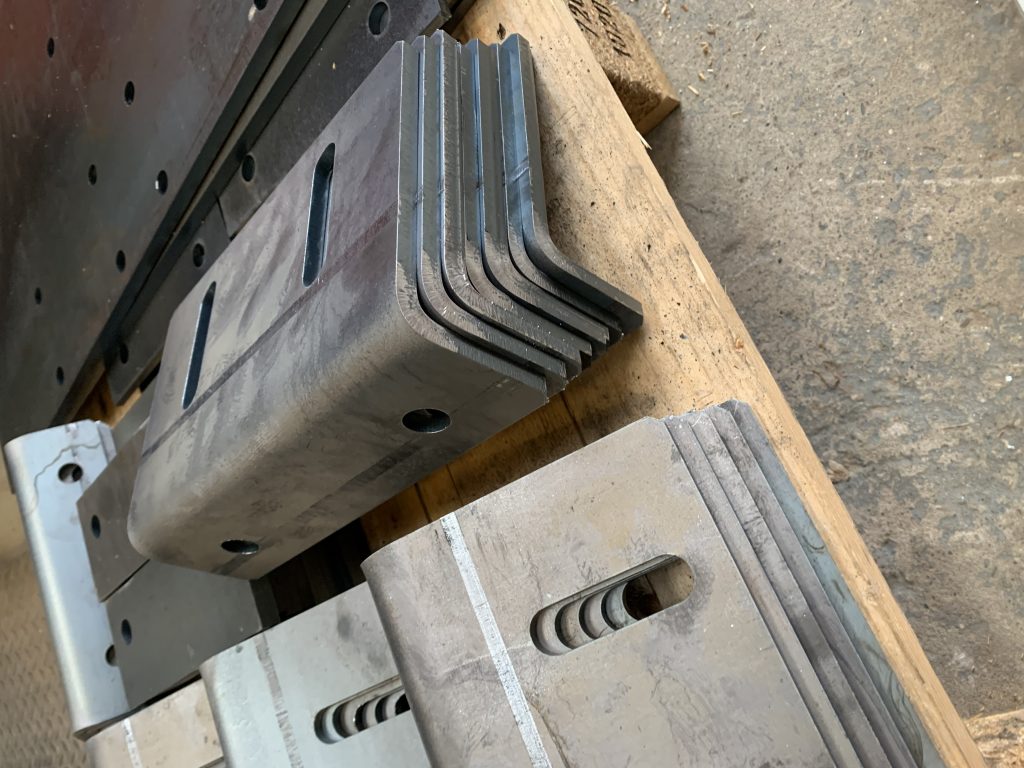
Mild Steel: Up to 25mm
Mild steel is popular thanks to its machinability and affordability.
It is well-suited for both low and high-powered fibre lasers, making it a go-to choice for everything from structural parts to decorative components.
- Cut thickness: Up to 25mm
- Advantages: Strong, low cost, easy to machine and weld
- Applications: Brackets, chassis, machine parts, base plates
Stainless Steel (304 & 316): Up to 20mm
Stainless steel, grades 304 and 316, is ideal for laser cutting due to its corrosion resistance and clean finish.
Grade 316 offers added resistance to chemicals and saltwater, making it popular in marine and medical sectors.
- Cut thickness: Up to 20mm
- Advantages: Corrosion-resistant, heat-resistant, smooth cut edges
- Applications: Kitchen equipment, medical tools, marine parts, signage
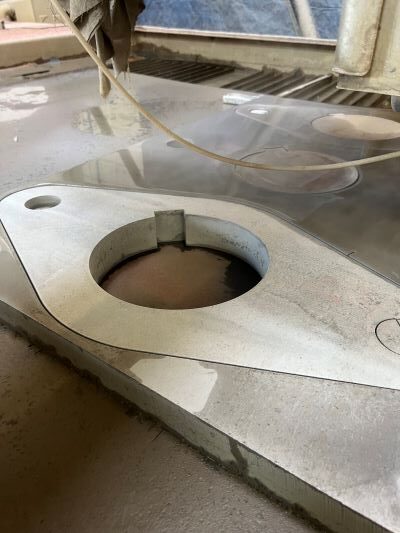
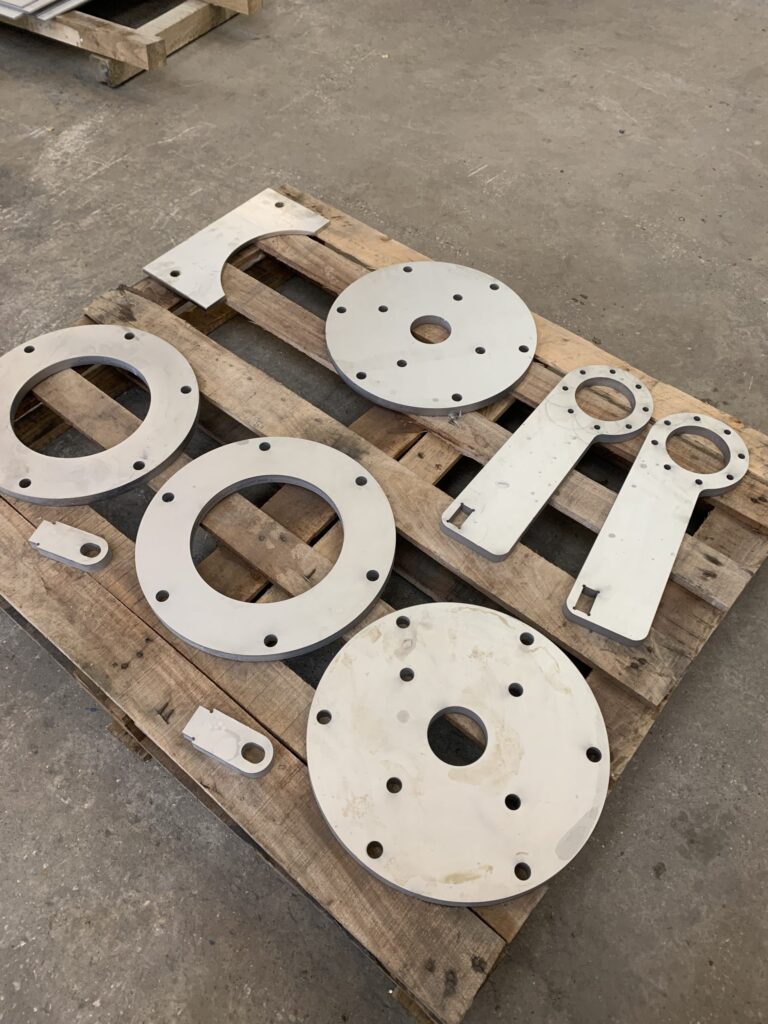
Aluminium: Up to 15mm
Aluminium is lightweight and durable, making it ideal for industries that prioritise weight reduction without compromising strength.
Though reflective, aluminium can be effectively laser cut with the right settings and technology.
- Cut thickness: Up to 15mm
- Advantages: Lightweight, corrosion-resistant, high strength-to-weight ratio
- Applications: Aerospace components, enclosures, panels, decorative items
Brass: Up to 10mm
Brass is a visually appealing alloy used in both functional and decorative applications. Laser cutting brass requires careful control due to its reflective surface, but it delivers excellent results with minimal finishing required.
- Cut thickness: Up to 10mm
- Advantages: Aesthetic finish, durable, antimicrobial properties
- Applications: Architectural features, fittings, electrical components, signage
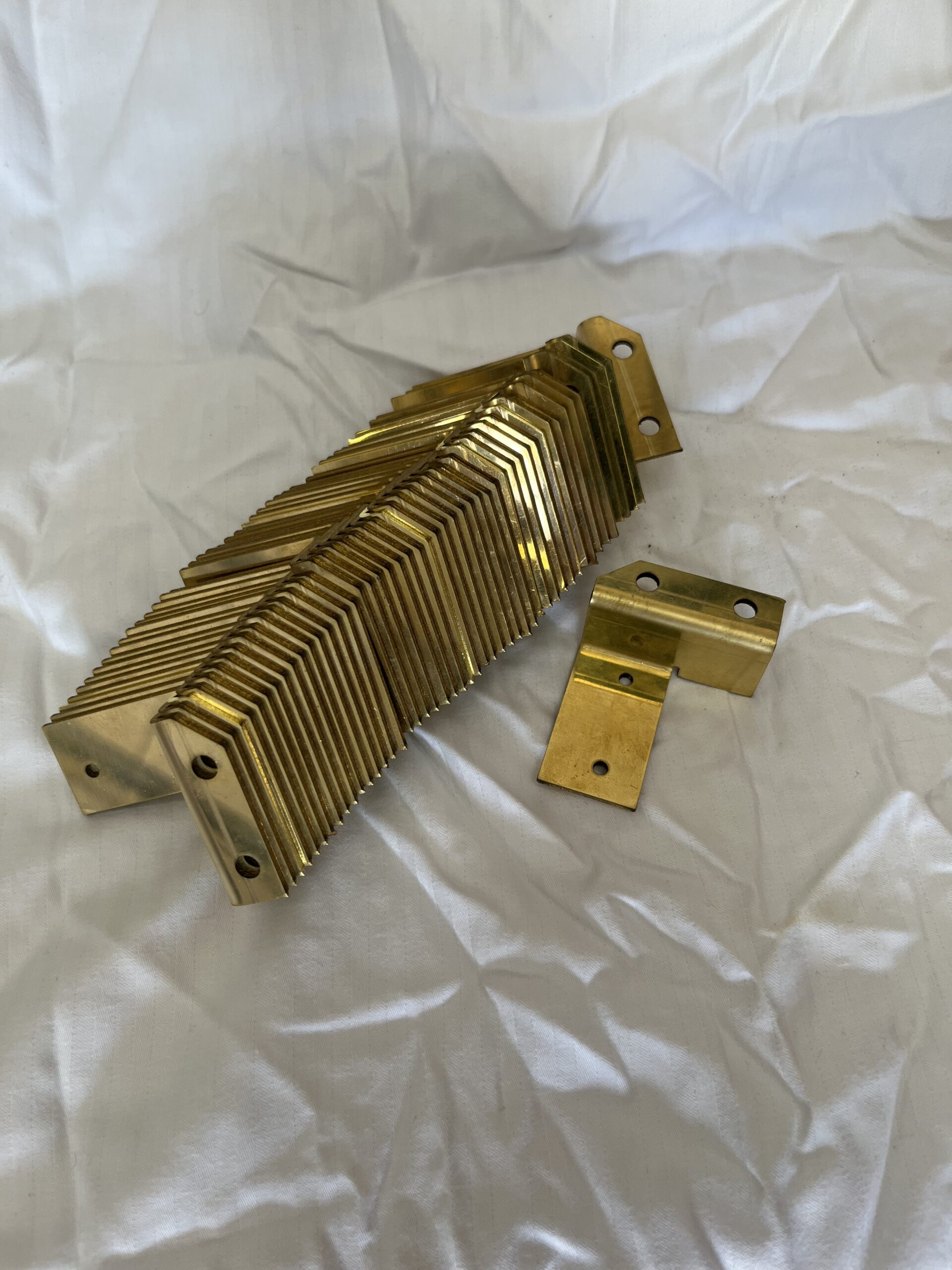
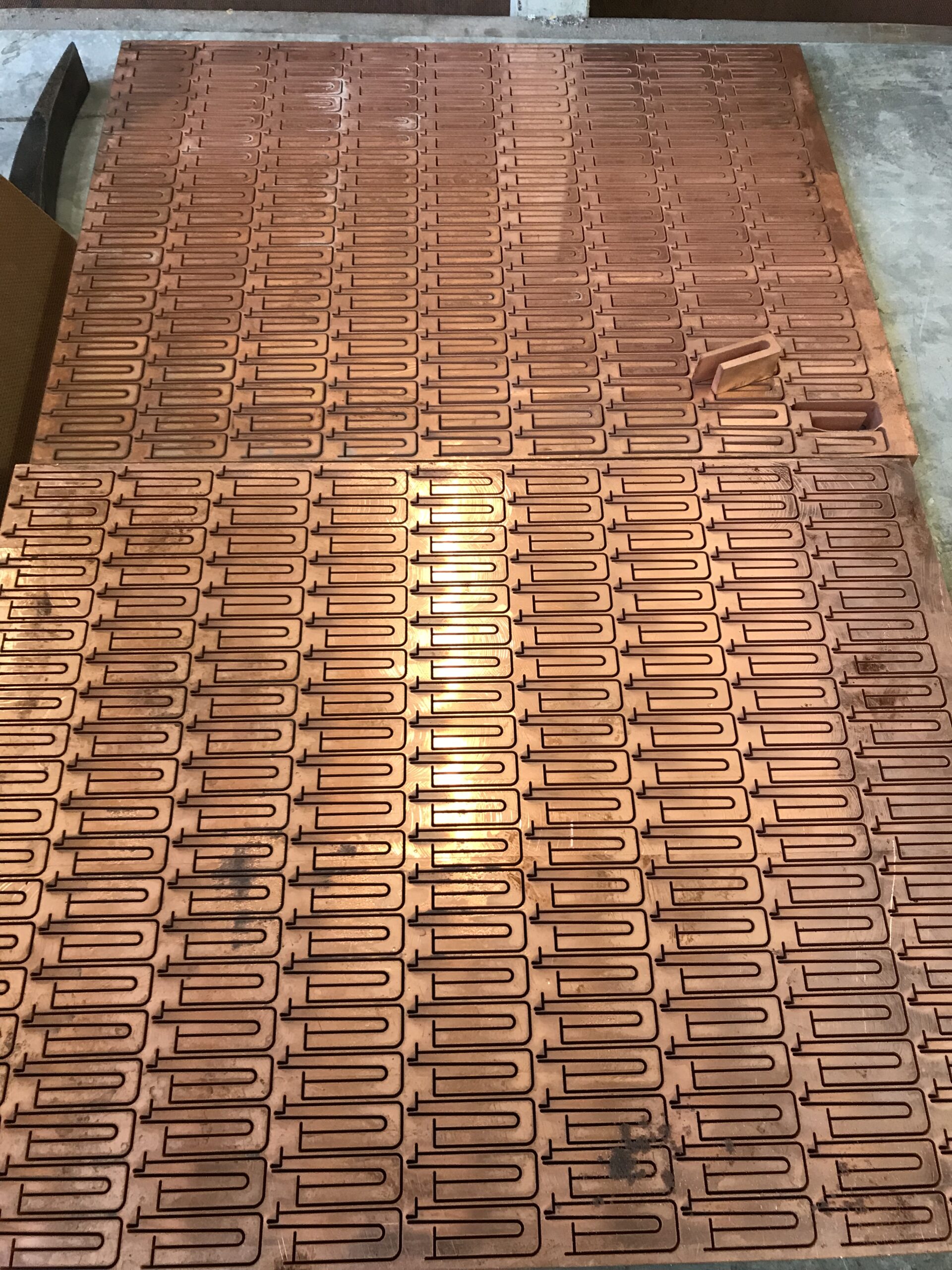
Copper: Up to 8mm
Copper is highly conductive, both electrically and thermally, which makes it essential for electronics and specialist components.
It can be more difficult to cut due to its reflectivity, but modern fibre lasers handle it well.
- Cut thickness: Up to 8mm
- Advantages: Excellent conductivity, corrosion-resistant, antimicrobial
- Applications: Electrical components, terminals, design features
Why Material Choice Matters in Laser Cutting
Each material behaves differently under a laser beam, and selecting the right one for your project is key to achieving the desired finish and performance.
Understanding the cutting limits and material properties helps ensure efficient production and reliable results.
While laser cutting excels in speed and precision, it’s not always suitable for extremely thick or heat-sensitive materials. For those scenarios, waterjet cutting offers a cold-cutting alternative that doesn’t affect material integrity.
Get Expert Advice on Laser and Waterjet Cutting
At Northwest Waterjet, we provide expert guidance on the best cutting method for your material and design requirements. Our team can advise on tolerances, edge quality, and cost efficiency, ensuring you get the best outcome for your project.
Ready to get started? Contact us to discuss your laser cutting project or request a quote.
